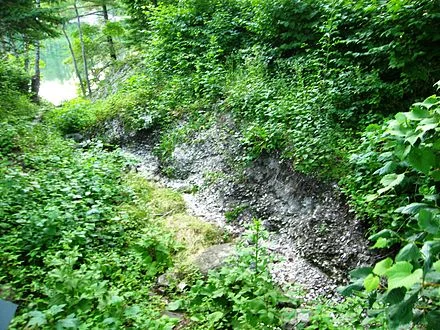High-end coastal crops
The Whaleback Shell Midden, in Damariscott, Maine, contains the shells from oysters harvested for food dating from 2,200 to 1,000 years ago
“Of all New England dishes, clam chowder probably evokes the strongest feelings. In 1939, for instance, a bill was introduced into the state legislature in Maine suggesting that to make a clam chowder with tomatoes be deemed illegal. Almost passed too.
-- From Inside New England (2010), by Yankee magazine’s Judson D. Hale
From Robert Whitcomb’s “Digital Diary,’’ in GoLocal24.com
The Maine Coast is becoming an international center of aquaculture, especially of oysters and other shellfish and edible seaweed, even as the warming of New England waters drives the lobster catch further north and east. The number of these salt water farms has increased rapidly in the Pine Tree State, with the epicenter in the Damariscotta area. It’s worth a trip up there by present and potential aquaculturalists from southeastern New England, although their crop mix might be a bit different from Maine’s because of our warmer water and different coastal geology.
For more information, please hit this link.
“Of all New England dishes, clam chowder probably evokes the strongest feelings. In 1939, for instance, a bill was introduced into the state legislature in Maine suggesting that to make a clam chowder with tomatoes be deemed illegal. Almost passed too.
-- From Inside New England (2010), by Yankee magazine’s Judson D. Hale

